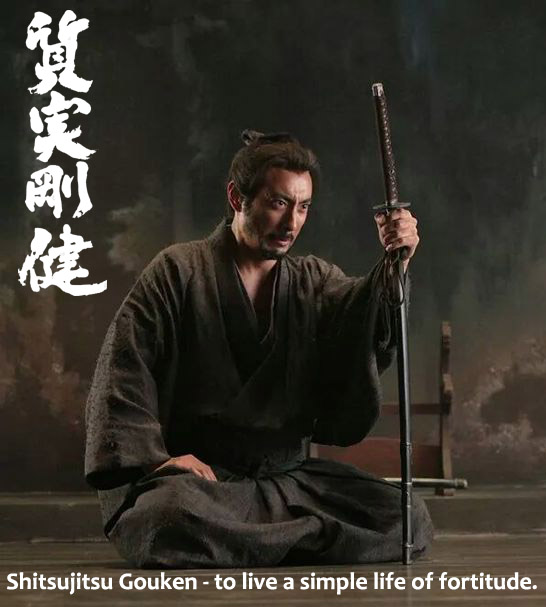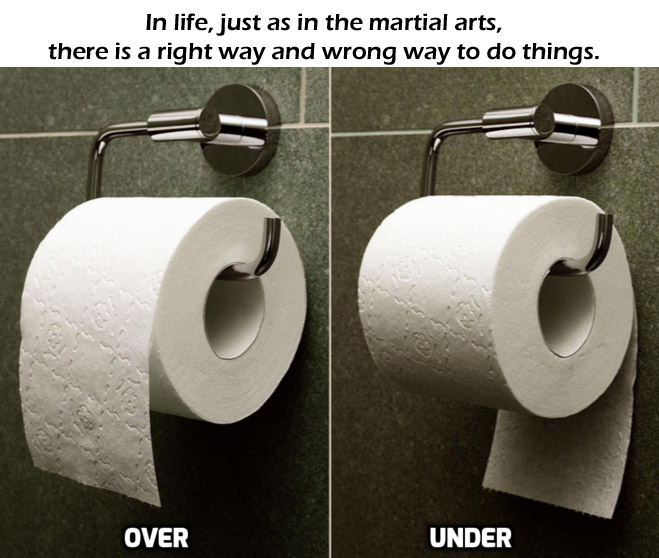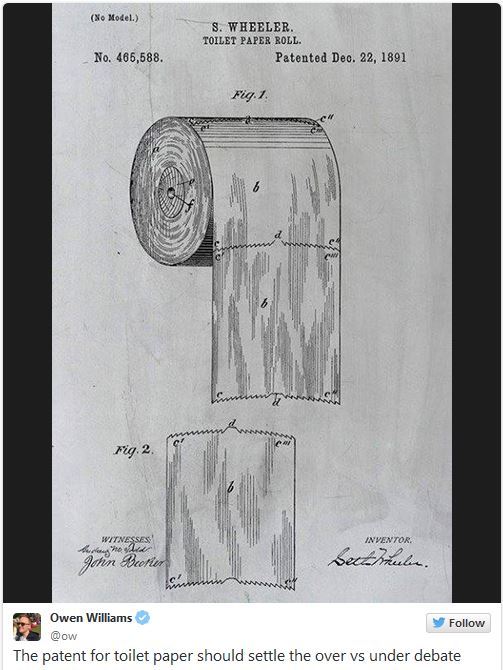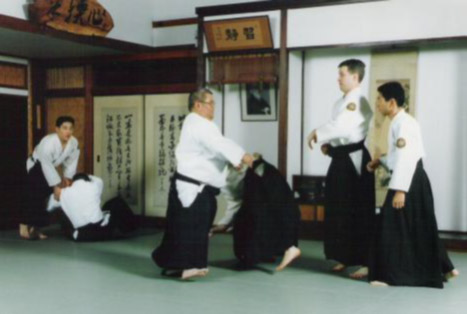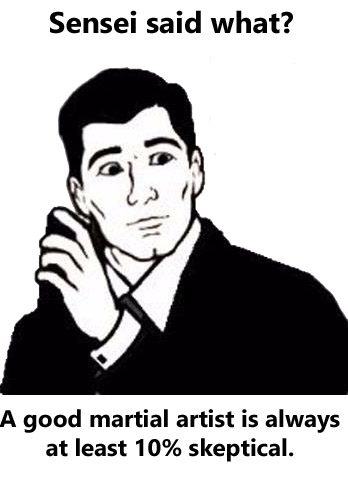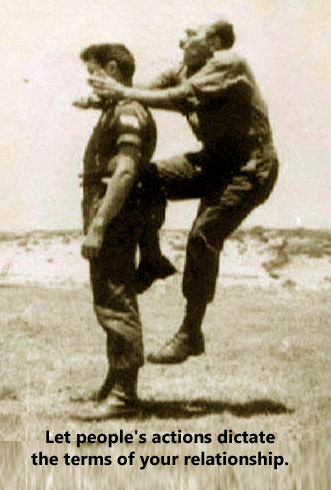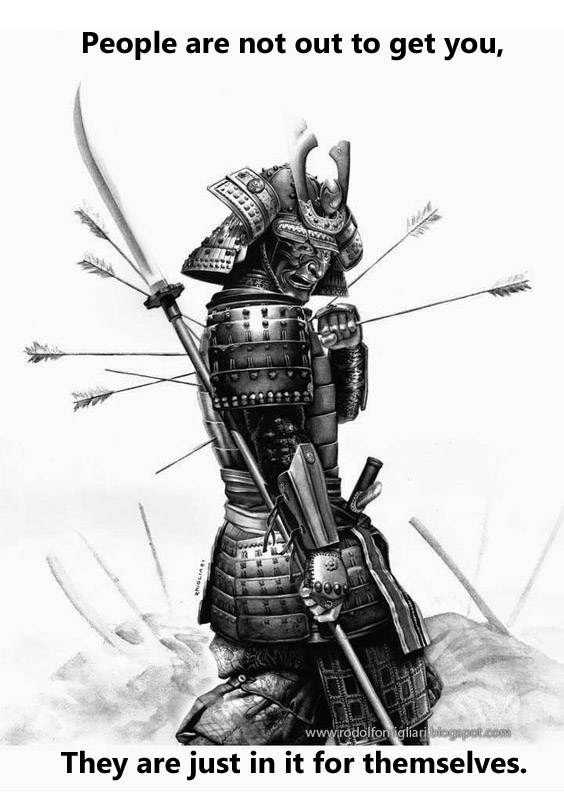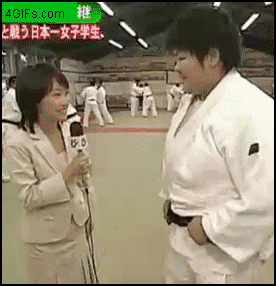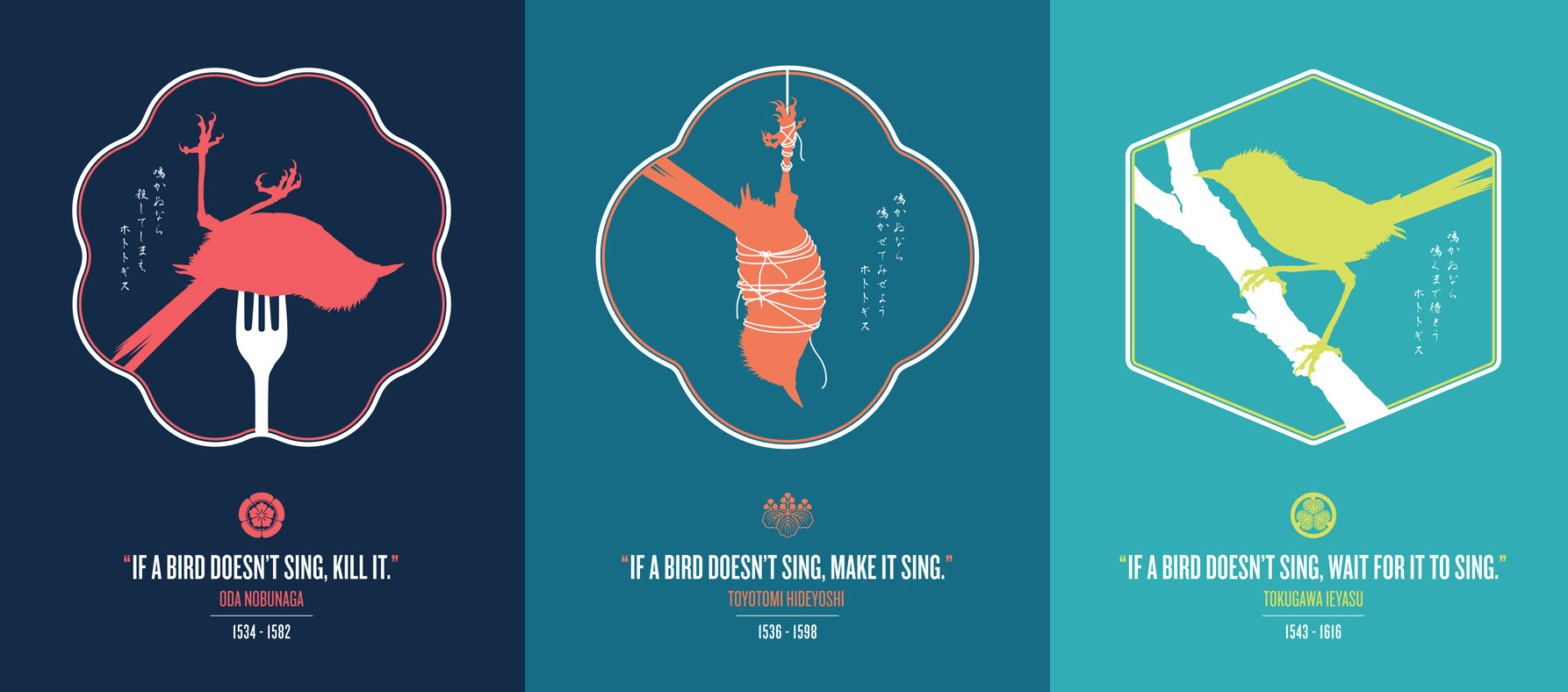 What type of martial artist are you?
There is a famous Japanese children's poem that children are taught to remember which can illustrate what type of martial artist we are:
What type of martial artist are you?
There is a famous Japanese children's poem that children are taught to remember which can illustrate what type of martial artist we are:
鳴かぬなら、殺してしまえほととぎす: If a bird doesn't sing, kill it.
鳴かぬなら、鳴かして見せようほととぎす: If a bird doesn't sing, make it.
鳴かぬなら、鳴くまで待とうほととぎす: If a bird doesn't sing, wait for it.
This is a famous Zen parable about a fictional account of a Zen master asking the three most powerful warlords of the Sengoku or Warring states period (Oda Nobunaga, Toyotomi Hideyoshi and Tokugawa Ieyasu) what they would do if a hototogisu or cuckoo didn't sing. It was a parable which illustrates the character of each of these three different types of leaders.
Oda Nobunaga was known for his fierceness and cruelty and thus would answer, "Kill it."
Toyotomi Hideyoshi was the most cunning and would therefore coyly say, "Make it."
Tokugawa Ieyasu was the most diplomatic and patient so he would most likely say, "Wait for it."
There is a saying in Japanese, "Oda Nobunaga makes the pie and Toyotomi Hideyoshi bakes it, but Tokugawa Ieyasu is the one who gets to eat it."
The evolution of every martial artist is much like the philosophies of these famous Japanese Daimyos. Whichever Daimyo style we identify the most with depends on where we are in our development.
The beginner usually wants to "kill it", the intermediate person wants to "force it" but an expert is willing to "wait for it."
Which of these most resonates with you?






